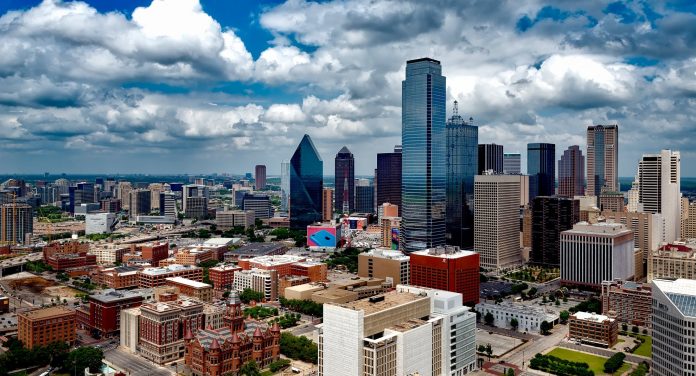Inflation remains an economic obstacle for many, but new research indicates the impact on consumers and business owners may vary heavily depending on location.
A new study by financial services platform WalletHub has unveiled the best and worst regions in terms of inflation, highlighting the uneven effects of economic headwinds on different locales. Although consumer prices, the preferred inflation measurement of the Federal Reserve, are rising slower in the aftermath of the COVID-19 pandemic, the national year-over-year growth rate in January was 3.1%, still above the target pace of 2%.
To measure variances in inflation, WalletHub analyzed 23 major U.S. cities by comparing current consumer prices with those of two months ago and 12 months ago. Based on the firm’s calculations, the Dallas, Texas area has experienced the heaviest increases in costs of goods and services overall, with prices rising 0.9% on a two-month basis and 5.3% on an annual basis. The city is followed by Miami, Florida (0.2%, 5.7%), New York, New York (1.1%, 3.1%), Tampa, Florida (0.5%, 3.9%), Honolulu, Hawaii (0.5%, 3.9%), and Chicago, Illinois (0.8%, 3.3%). Miami, Florida, saw the sharpest price increases on an annual basis.
On the other hand, several cities experienced inflation at a slower rate than the national 3.1% observed in January. Out of the regions examined by WalletHub, the area with the smallest increase in consumer prices was Anchorage, Alaska, which observed a -1.1% cooldown in the costs of goods and services on a two-month basis and an annual gain of only 1.8%. Following Anchorage are Phoenix, Arizona (-0.9%, 2.7%), Baltimore, Maryland (-0.3%, 2.1%), San Francisco, California (-0.4%, 2.6%), St. Louis, Illinois (-0.2%, 2.8%), and Riverside, California (0%, 2.9%).
WalletHub’s data indicates that consumer price increases vary widely based on local economic factors and may be subject to the regulatory or fiscal policy of the region. Following the Federal Reserve’s most recent board meeting, agency Chair Jerome Powell expressed optimism on the country’s recovering finances and re-affirmed the central bank’s position that interest rates, hiked following the COVID-19 pandemic to keep inflation in check, will be cut at some point in 2024.










